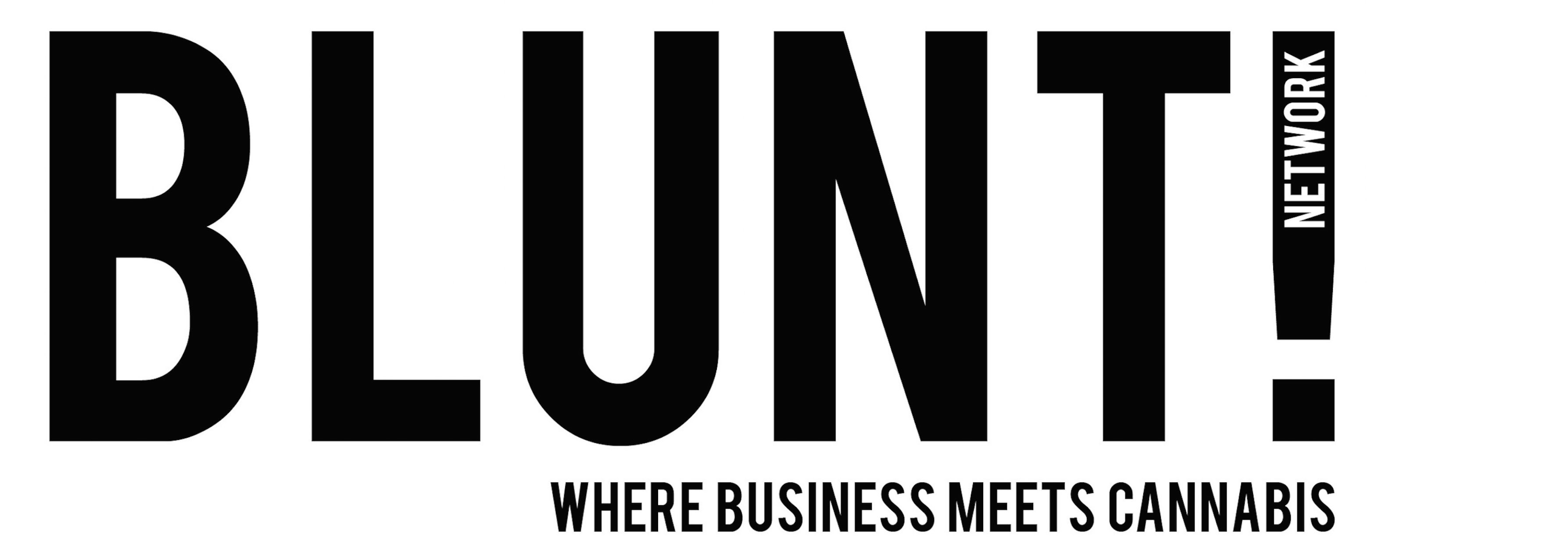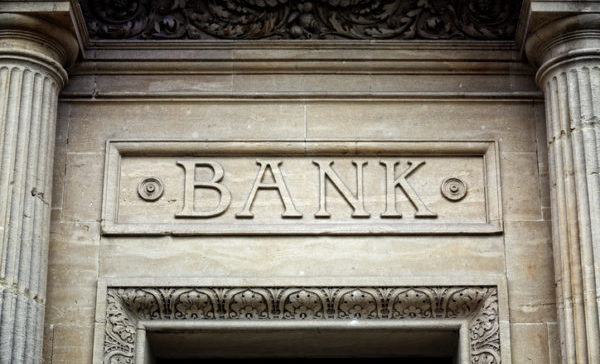Marijuana Businesses and Banking: An Ongoing Dilemma
One of the biggest obstacles facing the rapidly-growing legal marijuana industry is a lack of access to banks and other financial institutions.
Since cannabis remains a Schedule One drug under federal law, most banks have publically shied away from anything having to do with medical or recreational marijuana.
“While the use of medical marijuana is legal under applicable state laws in some states, the manufacture, distribution, and use of marijuana is still illegal under federal law,” a spokesman for Wells Fargo told Politico back in September. “Our policy of not banking marijuana-related businesses is based on applicable federal laws.”
That reluctance has forced most legal marijuana businesses to operate on a cash-only basis; which has left the sector vulnerable to fraud, violent crime and an ongoing fear of prosecution and/or fines from federal agencies.
Under the Obama Administration the issue of banking and legal marijuana was sidestepped via a series of memos.
In 2013 the so-called “Cole Memo,” written by U.S. Justice Department Deputy Attorney General James Cole, reiterated the illegality of cannabis under the federal government’s Controlled Substances Act.
But the memo added that the feds were focusing their efforts “on certain enforcement priorities that are particularly important to the federal government,” including the distribution of marijuana to minors, the prevention of cannabis money going to criminals enterprises, efforts to stop drugged driving and halting violence committed during the cultivation and distribution of cannabis.
Otherwise, the memo continues, states with a “strong and effective state regulatory system” are less likely to come under federal scrutiny when it comes to cannabis enforcement efforts.
Several months later in early 2014 the Treasury Department’s Financial Crimes Enforcement Network (FinCEN) issued guidance to clarify Bank Secrecy Act (BSA) expectations for financial institutions looking to work with marijuana-related businesses. FinCEN said its guidance “should enhance the availability of financial services for, and the financial transparency of, marijuana-related businesses.”
But with the new presidential administration comes the potential for new policies regarding marijuana legalization and its banking issues. And officials in several states have been contacting the Trump Administration.
Last December, soon after elections that legalized recreational cannabis in the Golden State, California State Treasurer John Chiang sent a letter to then President-Elect Trump and members of California’s congressional delegation; asking for guidance in solving the banking dilemma.
“This conflict between federal and state rules creates a number of problems for the states that have legalized cannabis use,” Chiang wrote, “including difficulties collecting tax revenue, increased risk of serious crime, and the inability of a newly legal industry under state law to effectively engage in banking and commerce.”
And this past January Illinois State Treasurer Michael Frerichs sent a letter to President Trump, in which he which he asked for assurances “that responsible financial institutions will not face penalties or prosecution for conducting business with state-licensed marijuana cultivators and dispensaries.”
A clear guidance on the issue, he added “would provide the confidence needed to support the fledgling industry and protect medical marijuana users.”
Some officials within America’s financial sector are also making arguments for allowing the legal marijuana industry to use banks.
“The government’s withholding a workable legal solution for financing the cannabis industry borders on negligence,” Loren Picard, managing executive with the G5 development and consulting firm in California, recently wrote in American Banker.
“It is conceivable that cannabis will become a national $100 billion industry within 10 to 15 years,” he continued. “The U.S. has a choice: Responsibly regulate cannabis or allow cannabis to become a narco-state unto itself.”




